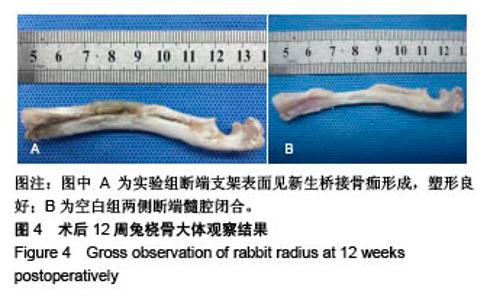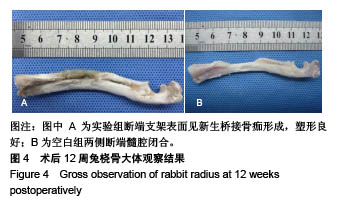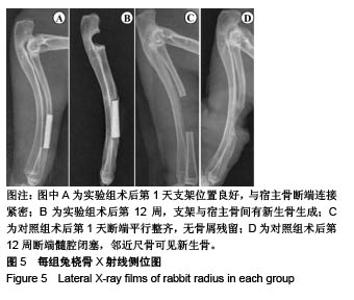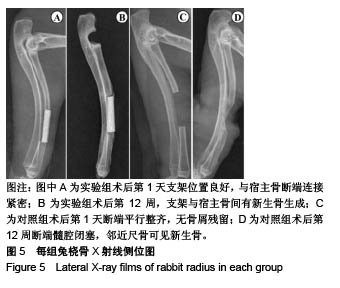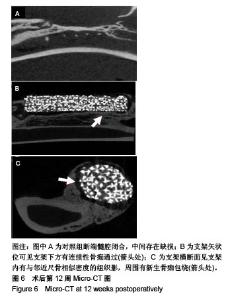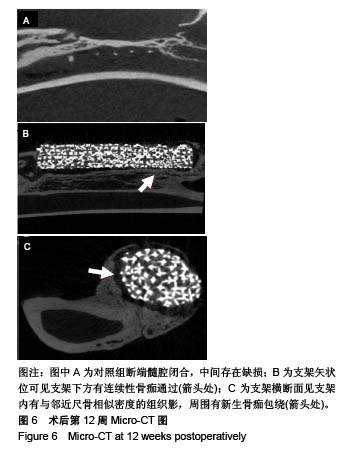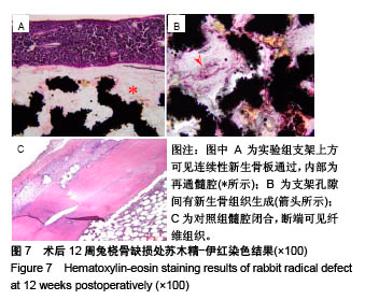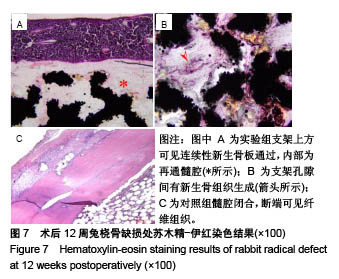| [1]Faldini C, Traina F, Perna F, et al. Surgical treatment of aseptic forearm nonunion with plate and opposite bone graft strut. Autograft or allograft? Int Orthop. 2015;39(7):1343-1349.[2]Olender E, Brubaker S, Uhrynowska-Tyszkiewicz I, et al. Autologous osteoblast transplantation, an innovative method of bone defect treatment: role of a tissue and cell bank in the process. Transplant Proc. 2014; 46(8):2867-2872.[3]刘建恒,张里程,唐佩福.骨折延迟愈合和不愈合的诊治现状[J].中华外科杂志, 2015,53(6):464-467.[4]Heller M, Bauer HK, Goetze E, et al. Materials and scaffolds in medical 3D printing and bioprinting in the context of bone regeneration. Int J Comput Dent. 2016;19(4):301-321.[5]Takemoto M, Fujibayashi S, Neo M, et al. Mechanical properties and osteoconductivity of porous bioactive titanium. Biomaterials. 2005;26(30): 6014-6023.[6]李祥,冯辰栋,王林,等.3D打印多孔钛/壳聚糖/羟基磷灰石复合支架的制备与体外生物相容性研究[J].中华创伤骨科杂志, 2016,18(1):6-10.[7]Tan KH, Chua CK, Leong KF, et al. Fabrication and characterization of three-dimensional poly(ether- ether- ketone)/-hydroxyapatite biocomposite scaffolds using laser sintering. Proc Inst Mech Eng H. 2005; 219(3):183-194.[8]Woodfield TB, Van Blitterswijk CA, De WJ, et al. Polymer scaffolds fabricated with pore-size gradients as a model for studying the zonal organization within tissue-engineered cartilage constructs. Tissue Eng. 2005;11(9-10):1297-1311.[9]Hong S, Sycks D, Chan HF, et al. 3D Printing of highly stretchable and tough hydrogels into complex, cellularized structures. Adv Mater. 2015; 27(27):4034-4034.[10]Pereira TF, Silva MAC, Oliveira MF, et al. Effect of process parameters on the properties of selective laser sintered Poly(3-hydroxybutyrate) scaffolds for bone tissue engineering. Virt Physic Proto. 2012;7(4): 275-285.[11]Bose S, Vahabzadeh S, Bandyopadhyay A. Bone tissue engineering using 3D printing. Mater Today. 2013;16(12):496-504.[12]付军,郭征,范宏斌,等.应用3D打印假体重建下肢肿瘤性长节段骨缺损[J].中华骨科杂志, 2017,37(7):433-440.[13]芮敏,郑欣,王帆,等.幼兔桡骨临界性骨缺损动物模型的建立[J].临床小儿外科杂志, 2017,16(2):189-193.[14]芮敏,郑欣,李成宇,等.幼龄兔及成年兔桡骨骨缺损模型中骨缺损大小的对比研究[J].中华解剖与临床杂志, 2017,22(5):402-406.[15]Gogolewski S. Bioresorbable polymers in trauma and bone surgery. Injury. 2001;31(10):28-32.[16]Wieding J, Lindner T, Bergschmidt P, et al. Biomechanical stability of novel mechanically adapted open-porous titanium scaffolds in metatarsal bone defects of sheep. Biomaterials. 2015;46: 35-47.[17]Lopezheredia MA, Sohier J, Gaillard C, et al. Rapid prototyped porous titanium coated with calcium phosphate as a scaffold for bone tissue engineering. Biomaterials. 2008;29(17):2608-2615.[18]丁冉,吴志宏,邱贵兴,等.选择性激光烧结技术的多孔钛合金支架的骨组织工程学观察[J]. 中华医学杂志, 2014, 94(19):1499-1502.[19]Nover AB, Lee SL, Georgescu MS, et al. Porous titanium bases for osteochondral tissue engineering. Acta Biomateriali. 2015;27: 286-293.[20]刘畅,王辰宇,刘贺,等. 3D打印Ti6Al4V钛合金支架的力学性能及生物相容性[J].中国有色金属学报, 2018;229(4):120-127.[21]Li JP, Habibovic P, Van dDM, et al. Bone ingrowth in porous titanium implants produced by 3D fiber deposition. Biomaterials. 2007;28(18): 2810.[22]Du D, Asaoka T, Ushida T, et al. Fabrication and perfusion culture of anatomically shaped artificial bone using stereolithography. Biofabrication. 2014;6(4):045002.[23]党莹,李月,李瑞玉,等.骨组织工程支架材料在骨缺损修复及3D打印技术中的应用[J].中国组织工程研究,2017,21(14):2266-2273.[24]Spetzger U, Frasca M, König SA. Surgical planning, manufacturing and implantation of an individualized cervical fusion titanium cage using patient-specific data. Eur Spine J. 2016;25(7):2239-2246.[25]Massai D, Pennella F, Gentile P, et al. Image-based three-dimensional analysis to characterize the texture of porous scaffolds. Biomed Res Int. 2014;2014:161437.[26]Hollister SJ. Porous scaffold design for tissue engineering. Nat Mater. 2006;4(7):518-524.[27]Hutmacher DW. Scaffolds in tissue engineering bone and cartilage. Biomaterials. 2000; 21(24):2529-2543.[28]Woodfield TB, Van Blitterswijk CA, De WJ, et al. Polymer scaffolds fabricated with pore-size gradients as a model for studying the zonal organization within tissue-engineered cartilage constructs. Tissue Eng. 2005;11(10):1297-1311.[29]Karageorgiou V, Kaplan D. Porosity of 3D biomaterial scaffolds and osteogenesis. Biomaterials. 2005;26(27):5474-5491.[30]Guda T, Walker JA, Singleton B, et al. Hydroxyapatite scaffold pore architecture effects in large bone defects in vivo. J Biomater Appl. 2014;28(7):1016-1027. |
